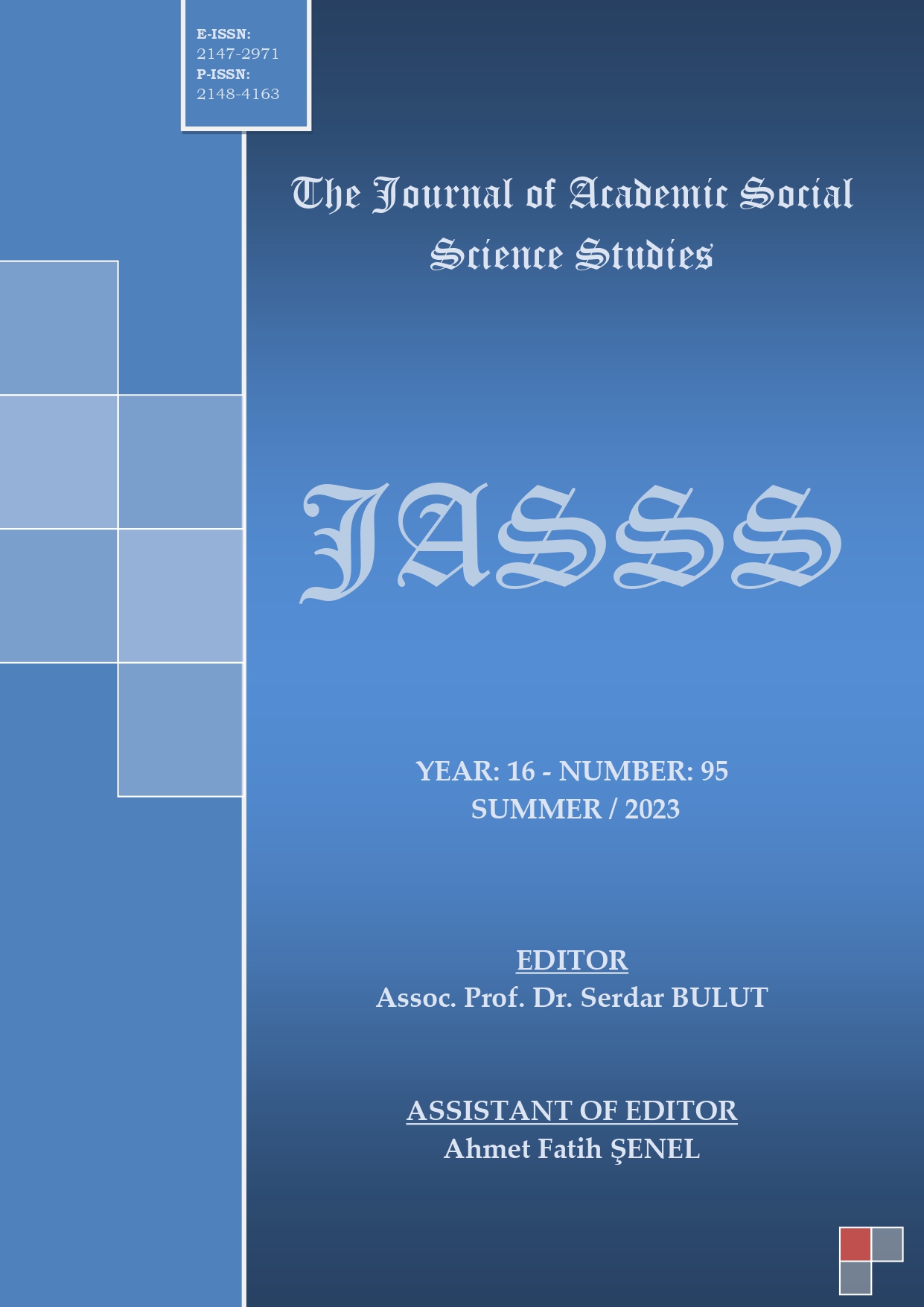Author :
Abstract
Son dönemlerde yapılan bilimsel çalışmalar ile birlikte yaşı 600 bin olarak belirlenen Van Gölü, insanlığın Van ve civarında yerleşmesi ile birlikte farklı mitolojik hikâyelerin ve efsanelerin de konusu olmuştur. Yerleşimi Paleolitik Çağ’a kadar dayandırılan Van’ın ise esas yerleşim hikâyesi çok daha geç bir zamanda; M.Ö. 2000’li yıllarda başlamıştır. Van’ın mitleri ve efsaneleri de bu yaşam süresince dillerden dillere, medeniyetlerden medeniyetlere aktarılmıştır. Her medeniyet ve dönem kendi mitini oluştursa da kentin sosyolojisine, ekonomisine, sosyal yapısına büyük katkı sunan Van Gölü, mitolojik yanıyla da turizme olan katkının en önemli sacayağını oluşturmuştur. Van Gölü’nün turizme olan katkısında da en ilgi çekici figürlerin başında bir Van Gölü Canavarı efsanesinin bulunması gelmektedir. Yakın geçmişte 1990’larla birlikte sık konuşulan bir konu haline geldiği düşünülse de tarih boyunca farklı isimlerle adlandırılan önemli bir figürdür. Gizemini koruyan, zaman zaman gölün ve göl sahillerinin farklı bölgelerinde görüldüğü söylenen Van Gölü Canavarı, yörede yaşayan insanlar ve potansiyel turistler için önemli bir macera unsuru olarak değerlendirilmektedir. Bu çalışmanın amacı Urartulardan Ermenilere, Osmanlı’dan Türkiye’ye kadar farklı medeniyetlerin hüküm sürdüğü bu topraklarda Van Gölü Canavarı ekseninde Van Gölü’nün mitolojisini ele alıp farklı örneklerle detaylandırmak ve bir turistik çekicilik kaynağı olarak macera turizmindeki rolünü ortaya koymaktır. Bu kapsamda çalışmanın yöntemi olarak literatür taraması yöntemi kullanılmıştır.
Keywords
Abstract
Lake Van, whose age has been determined to be 600 thousand years old with recent scientific studies, has been the subject of different mythological stories and legends with the settlement of humanity in and around Van. Although the settlement of Van dates back to the Paleolithic Age, the actual settlement story of the city began in 2000 BC. The myths and legends of Van have been passed down from language to language and civilization to civilization during this lifetime. Although each civilization and period has created its myth, Lake Van, which contributes considerably to the sociology, economy, and social structure of the city, has formed the most notable contribution to tourism with its mythological backspace. One of the most intriguing aspects of that kind of contribution in terms of tourism is the legend of Lake Van Monster. Although it has become a frequently talked about subject in the recent past with the 1990s, it is an important figure that different names throughout history have called. Lake Van Monster, which preserves its mystery and is off and on said to be seen occasionally, is considered an essential element of adventure for people living in the region and potential tourists. In light of this information, this study aims to elaborate on the mythology of Lake Van on the axis of the Lake Van Monster in these lands where different civilizations ruled, from the Urartians to the Armenians, from the Ottoman Empire to today's Türkiye, and to reveal its role in adventure tourism as a source of touristic attraction. In this context, the literature review method was used as the method of the study.





